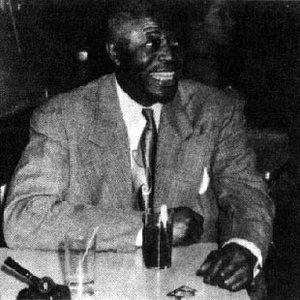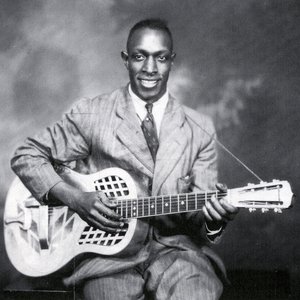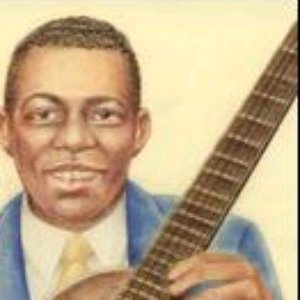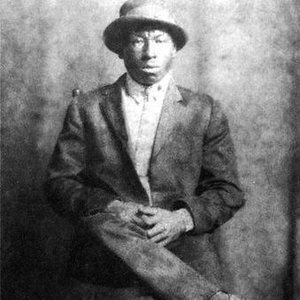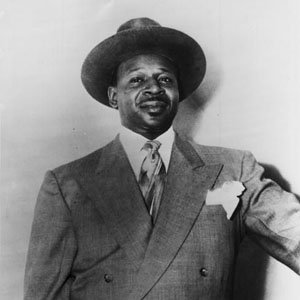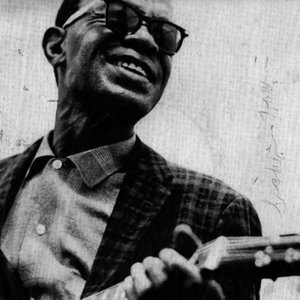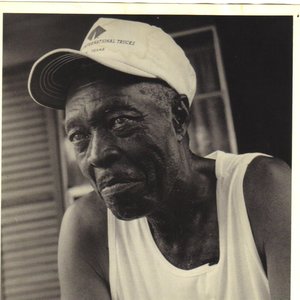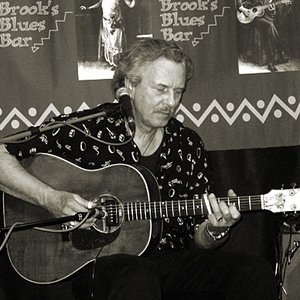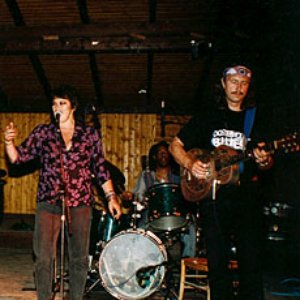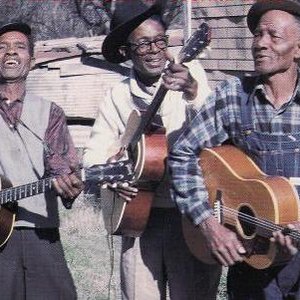Biography
Album: William Harris & Buddy Boy Hawkins 1927 - 1929
From this album's booklet notes:
Nothing is known about William Harris and Buddy Boy Hawkins as individuals, and field research has uncovered almost no details of their lives; what we know of them is a fragment of information or two, and the rest has to be deduced from their songs. From the evidence of his guitar style, with its emphasis on rhythmic complexity rather than on single-string work, William Harris may have come from the Mississippi Delta.
He was an impressive performer, singing in his firm voice with a marked vibrato. He may have been inspired to make Electric Chair Blues by hearing Blind Lemon Jefferson’s record, and the poor state of the rare 78 suggests that even as gloomy a theme as this had its appeal to some listeners. On Bull Frog Blues and Leavin’ Town he suspends the resolution of the line by repeating a phrase, but in other respects his blues are unsophisticated, with lines that fail to rhyme on for example, Early Mornin’ Blues.
Buddy Boy Hawkins was a singer about whom we know even less than Harris. He mentions Jackson, Mississippi several times on A Rag Blues where he says the piece came from, but stated on Snatch It Back that “these my blues I brought ‘em all the way from Birmingham”. It’s possible that, as Workin’ On The Railroad suggests, he had laid track; trains, especially Number Three figure in other blues.
Yet Hawkins too, may have worked the shows: How Come Mama is a rural version of a vaudeville song, while Voice Throwin’ Blues is an uncommon example of attempted ventriloquism on record, the singer performing a standard “Hesitating Blues” with an assumed “second voice” set against his normal vocal style. His accomplished guitar work with more than a hint of Spanish flourishes reinforce the impression of a travelling performer. Like Harris he was most at home with the blues, of which his masterpiece is Jailhouse Fire on which he entreats the jailer to release his woman and save her from burning.
The internal evidence of the few recordings made by William Harris and Walter “Buddy Boy” Hawkins points to an active blues link between Jackson, Mississippi and Birmingham, Alabama, by way of the old Great Southern railroad and the travelling minstrel and medicine shows. Not only do the records reveal two great, if little-known blues singers; they also tell us something of the way in which the blues was circulated in the early years.
Further recordings by William Harris and Walter "Buddy Boy" Hawkins, discovered after the production of this album, can be found on DOCD-5276 Too Late Too Late Vol 3 1927 - 1960's
Artist descriptions on Last.fm are editable by everyone. Feel free to contribute!
All user-contributed text on this page is available under the Creative Commons Attribution-ShareAlike License; additional terms may apply.

